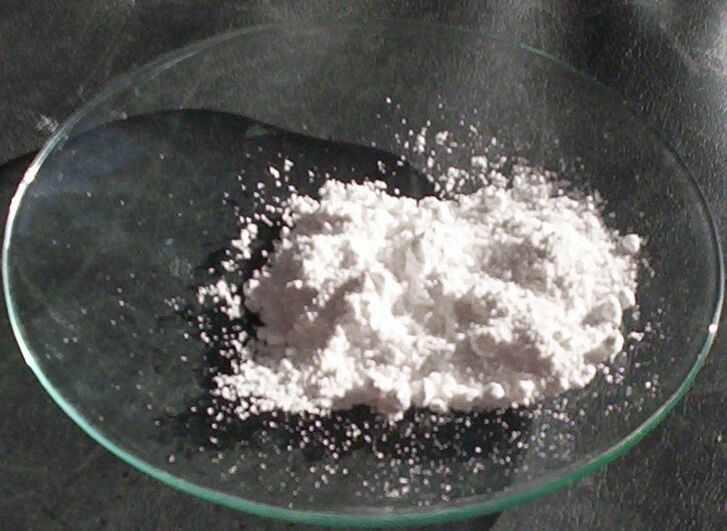

| Visitors Now: | |
| Total Visits: | |
| Total Stories: |

| Story Views | |
| Now: | |
| Last Hour: | |
| Last 24 Hours: | |
| Total: | |
Titanium Dioxide Film Enhances The Sun’s Natural Disinfection Power

Outbreaks of infectious diseases by bacteria and other microbial pathogens can cause substantial losses of stock in aquaculture. While antibiotics, biocides and conventional disinfectants can be used, they are expensive and leave behind chemical residues. Using sunlight for disinfection is not a new idea however conventional solar disinfection is slow and inefficient.
Researchers from CQUniversity, Australia, addressed this problem by adapting thin-film fixed-bed reactor (TTFBR) technology to provide treated water. In the reactor water contaminated by Aeromonas hydrophila was slowly passed over a sloping film of TiO2 at a fixed rate and in full sunlight. Results showed that using TiO2 as a photocatalyst increased the effectiveness of solar disinfection by over 10 times.
Prof Rob Reed, one of the team who performed this work explained, "Other people have looked at using TiO2 as an enhancer of solar disinfection, but they either used a suspension of TiO2 particles in water, or artificial UV to test their reactors. Our TTFBR technology is very effective at killing pathogens at high levels of natural sunlight and consequently is particularly suited to countries with sunny climates and is especially useful to developing countries where sunlight is abundant but other resources are scarce."
BMC Microbiology
Read more at Nano Patents and Innovations
Source:


